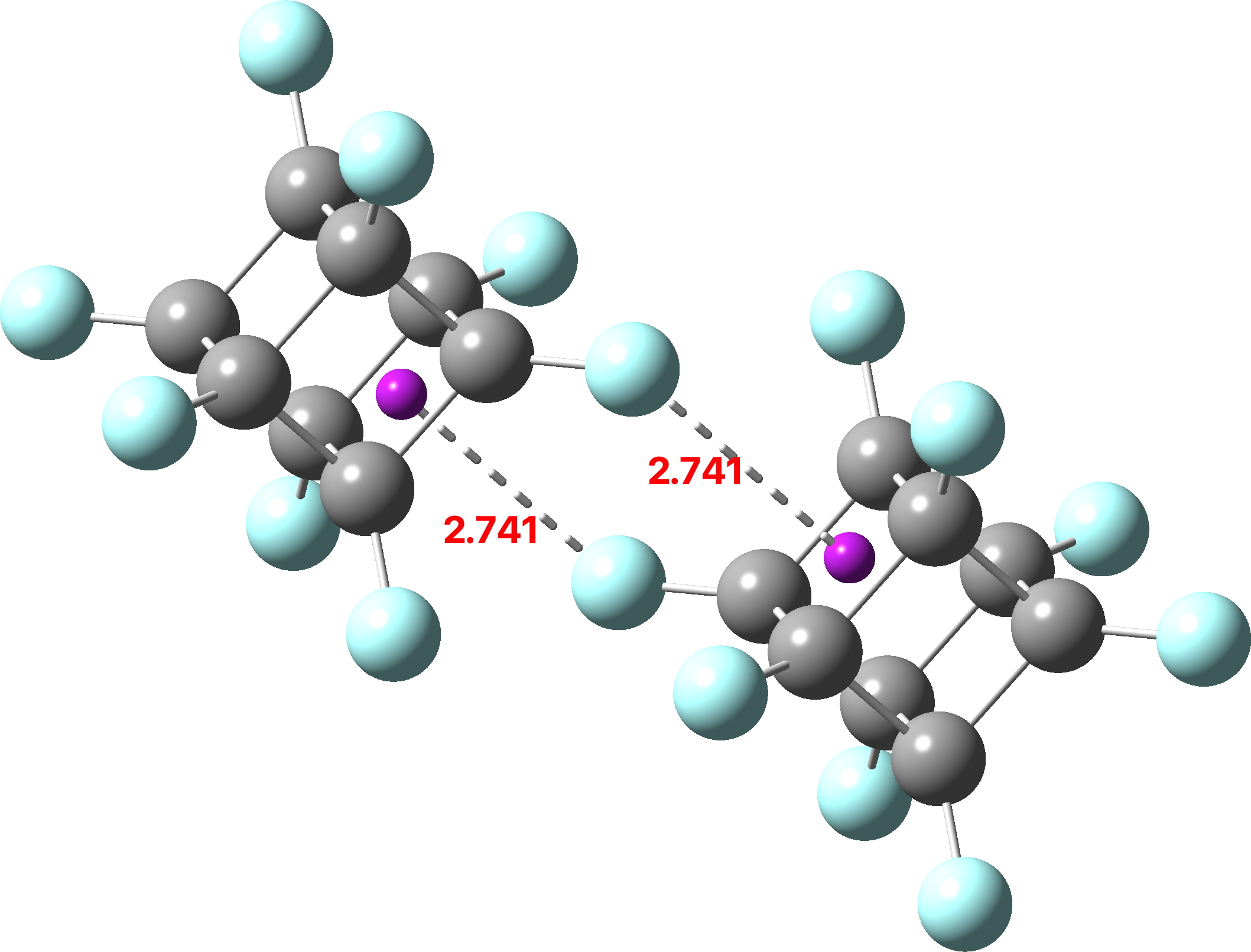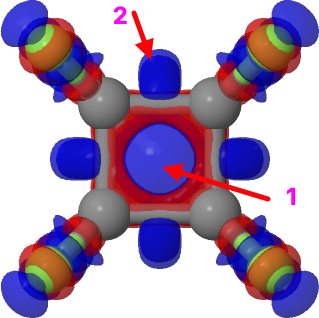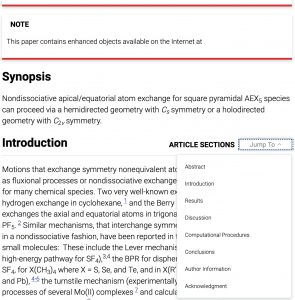
The recently reported synthesis[cite]10.1126/science.abq0516[/cite] of octafluorocubane established a sublimation point as 168.1–177.1°C (a melting point was not observed). In contrast, the heavier perfluoro-octane has an m.p. of -25°C. Why the difference?


